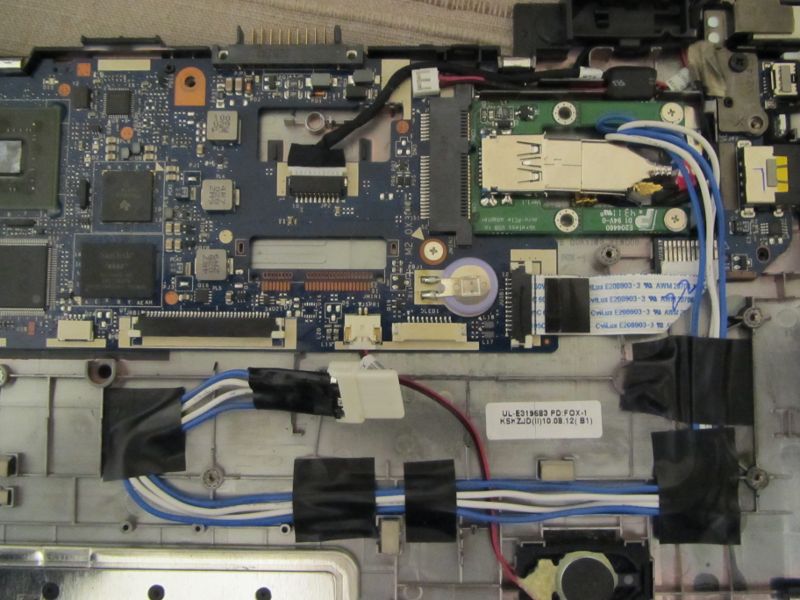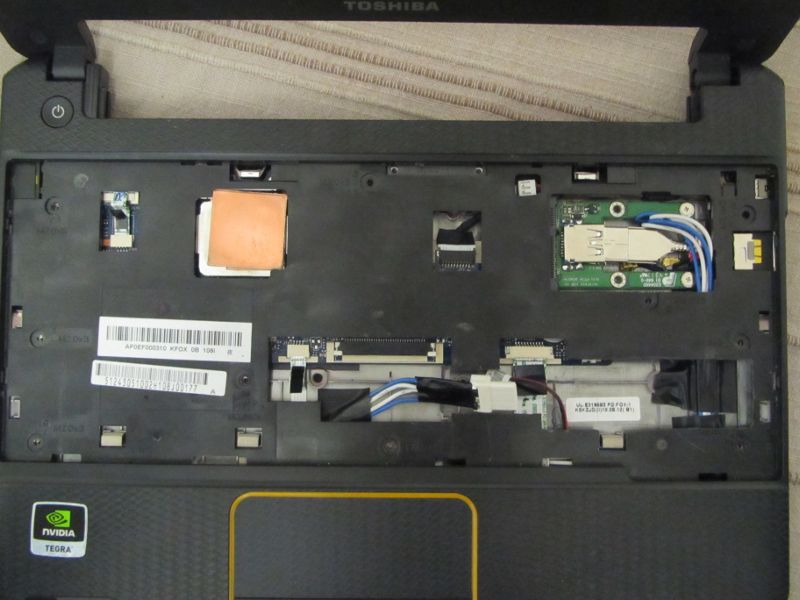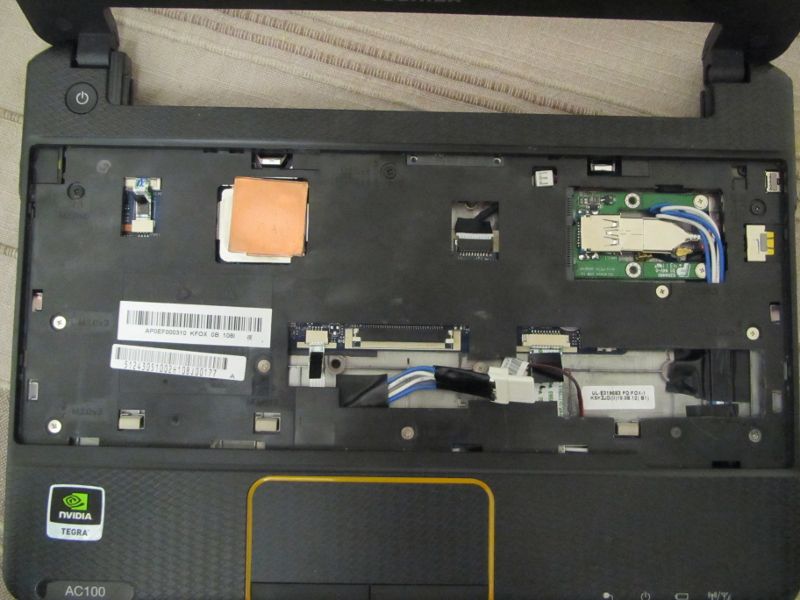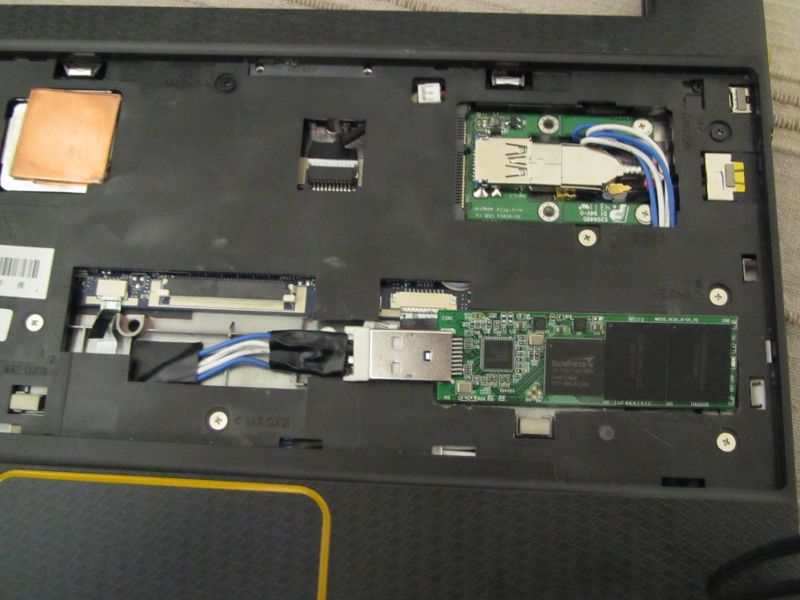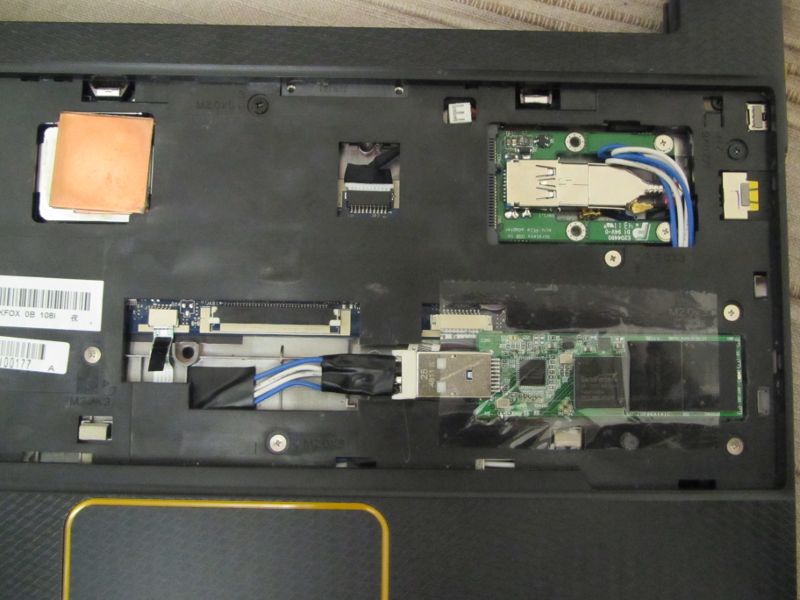I make no secret of the fact that I am neither a fan of Apple nor a fan of virtualization. But sometimes they make for the best available option. I have recently found myself in such a situation. My current employer, mercifully, allows employees a choice of something other than vanilla Windows machines to work on, and there was an option of getting a MacBook Pro. As you can probably guess from some of the previous articles here, I find the single most important productivity feature of a computer to be the screen resolution, an opinion I appear to share with Linus Torvalds. So I opted for the 15″ MacBook Pro Retina.
Unfortunately, the native Linux support on that machine still isn’t quite perfect. Since speed is not a concern in this particular case, I opted to run Linux using VMware Fusion on OSX. Unfortunately, VMware Fusion cannot handle full 2880×1800 resolution of the display and with lower resolutions running in full screen mode the quality is badly degraded by blurring and aliasing. The solution is to create a custom 2880×1800 mode in /etc/X11/xorg.conf that fits within VMware virtual graphic driver’s capabilities. This took a bit of working out since the mode had to fit within horizontal and vertical refresh rates of the driver and the total pixel clock the driver allows. The following are the settings that work for me:
Section "Monitor"
Identifier "MacBookPro"
HorizSync 30.0 - 90.0
VertRefresh 30.0 - 60.0
ModeLine "2880x1800C" 358.21 2880 2912 4272 4304 1800 1839 1852 1891
EndSection
Section "Screen"
Identifier "Default Screen"
Monitor "MacBookPro"
DefaultDepth 24
SubSection "Display"
Modes "2880x1800C"
EndSubSection
EndSection
The result is being able to run a full screen 2880×1800 mode, and it looks absolutely superb.

